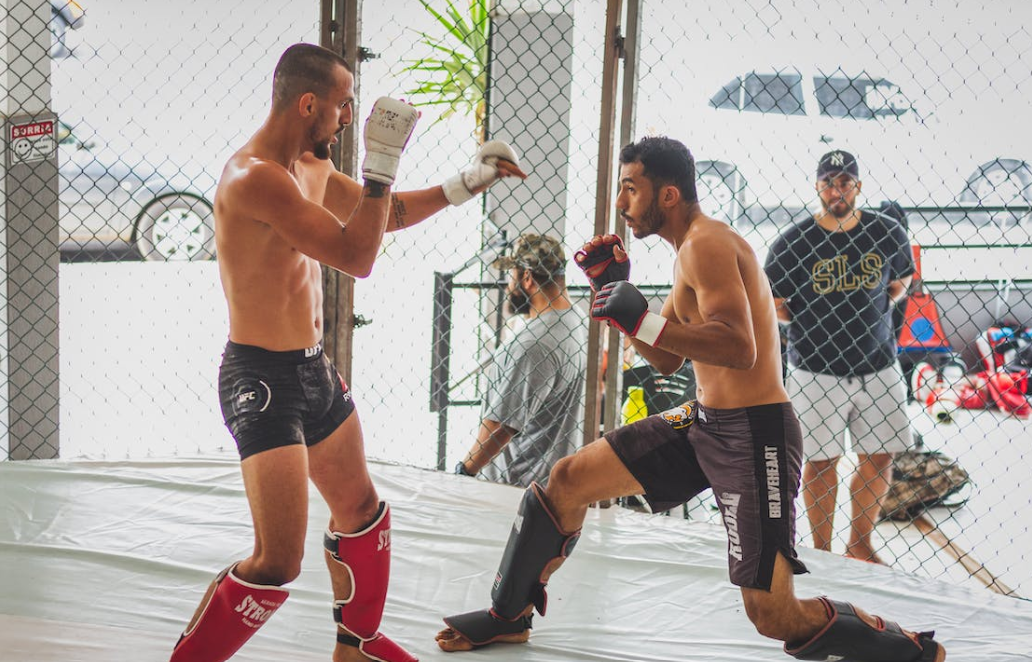
Mixed Martial Arts (MMA) is a dynamic combat sport that blends various martial arts disciplines into a cohesive and comprehensive fighting style. MMA has gained immense popularity worldwide, captivating both athletes and spectators with its high-energy bouts and diverse skill sets. In this article, we will explore the world of MMA, examining its origins, rules, training methods, and the impact it has had on combat sports.
Origins and Evolution
MMA traces its roots back to ancient combat sports and cross-discipline matches. However, the modern MMA we know today originated in the early 1990s with the inception of the Ultimate Fighting Championship (UFC). The early UFC events were no-holds-barred, pitting fighters from different martial arts backgrounds against each other to determine the most effective fighting style. Over time, rules and regulations were introduced, ensuring the safety of the fighters and the continued growth of the sport.
Rules and Regulations
MMA now operates under a set of unified rules that govern the sport. These rules cover various aspects such as weight classes, prohibited techniques, rounds, and scoring systems. The rules allow fighters to utilize striking, grappling, and submission techniques, creating a dynamic and versatile fighting environment. MMA bouts take place in a controlled arena, typically an octagonal cage, providing a platform for fighters to showcase their skills while ensuring the safety of both competitors and referees.
Striking and Grappling
MMA incorporates a wide range of martial arts disciplines, including striking and grappling techniques. Striking techniques include punches, kicks, elbows, and knees, drawing from arts such as boxing, kickboxing, and Muay Thai. Grappling techniques encompass takedowns, throws, and submissions, influenced by arts like Brazilian Jiu-Jitsu, wrestling, and judo. The integration of striking and grappling allows fighters to engage in both stand-up exchanges and ground-based battles.
Training Methods and Conditioning
Training in MMA requires a well-rounded approach that encompasses various aspects of physical and mental conditioning. MMA fighters undergo rigorous training regimens that include striking drills, grappling sessions, sparring, strength and conditioning exercises, and cardiovascular training. The goal is to develop overall athleticism, endurance, power, speed, and agility, while also honing technical skills and fight strategy. Mental toughness, discipline, and resilience are also essential for success in MMA.
Competitive Impact and Prominent Organizations
MMA has had a significant impact on the combat sports landscape, becoming one of the fastest-growing and most popular sports in the world. The UFC, which played a pivotal role in the rise of MMA, is the premier organization that showcases top-level talent and hosts major events. Other prominent organizations include Bellator MMA, ONE Championship, and PFL. These organizations provide opportunities for fighters to compete at various levels and vie for titles in different weight classes.
The Athletes and Their Styles
MMA fighters come from diverse martial arts backgrounds, bringing their unique styles and skill sets into the cage. Some fighters specialize in striking, relying on their proficiency in disciplines such as boxing or Muay Thai. Others excel in grappling and submissions, utilizing techniques from Brazilian Jiu-Jitsu or wrestling. Well-rounded fighters have a comprehensive understanding of both striking and grappling, allowing them to adapt to different opponents and situations.
Impact on Self-Defense and Personal Fitness
MMA training offers practical self-defense skills that can be applied in real-life situations. The ability to strike effectively, defend against strikes, and apply grappling techniques provides individuals with the tools to protect themselves. Additionally, MMA training is an excellent way to improve overall fitness. It promotes weight loss, muscle development, cardiovascular health, and enhances coordination, flexibility, and mental focus.
The Influence of MMA on Pop Culture
MMA’s popularity has extended beyond the realm of combat sports, permeating popular culture in various ways. MMA has inspired movies, documentaries, reality TV shows, and video games. Fighters have become household names, capturing the attention of fans worldwide. The sport’s mix of athleticism, drama, and martial arts skill has propelled MMA into the mainstream, solidifying its status as a global phenomenon.
Mixed Martial Arts (MMA) represents the ultimate fusion of martial arts disciplines, showcasing the diverse talents of fighters from around the world. Its evolution from its early days to a regulated sport has seen MMA grow into a global phenomenon. With its thrilling bouts, technical prowess, and impact on combat sports, MMA continues to captivate audiences and shape the landscape of martial arts and combat sports for generations to come.